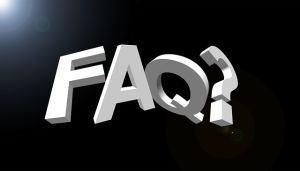What Is “The Customer Expectation Paradox?”
 The “Customer Expectation Paradox” has to do with the difference between what customers WANT, and what they have learned they are going to receive from the companies they do business with. It goes like this:
The “Customer Expectation Paradox” has to do with the difference between what customers WANT, and what they have learned they are going to receive from the companies they do business with. It goes like this:
While customers want more from the companies and employees they do business with, they have actually come to expect less than they did before.
We suggested that generally, if you compare customers from twenty years ago to customers nowadays, you’ll find that today, customers want more. They want faster service, more convenient service, more flexibility in things like payment plans and options, or merchandise return polices. They want less time waiting in lines, and they want their problems solved almost immediately.
However, what they EXPECT is different. Customer expectations are formed from customer experience in the marketplace. Think about the distinction this way. When you go to a doctor’s office, you WANT zero waiting, and to be seen on time, every time. That’s the customer want. But what do you EXPECT? Most people actually expect to end up waiting in the waiting room, often without knowing when they will be seen by the doctor. That’s because that’s what they’ve experienced. Expectations, the way we are defining the, have nothing to do with customer satisfaction, and everything to do with the customer’s idea of how the world works.
So, what are the implications? Because of the Customer Expectations Paradox, providing customer service has become more difficult and challenging. Often, customers expect they are going to be treated in ways they do not want, because that’s what they are used to. They aren’t happy going in, because they expect the worst. And that’s often what they get. So, in many sectors, the customer contacts the customer service personnel with a negative expectation, or in plain English, a chip on the shoulder. They have their “anger” primed and ready to go.
They are more likely to respond with anger towards even the slightest glitches, and this is one reason there appears to be an increase in angry and difficult customers.

